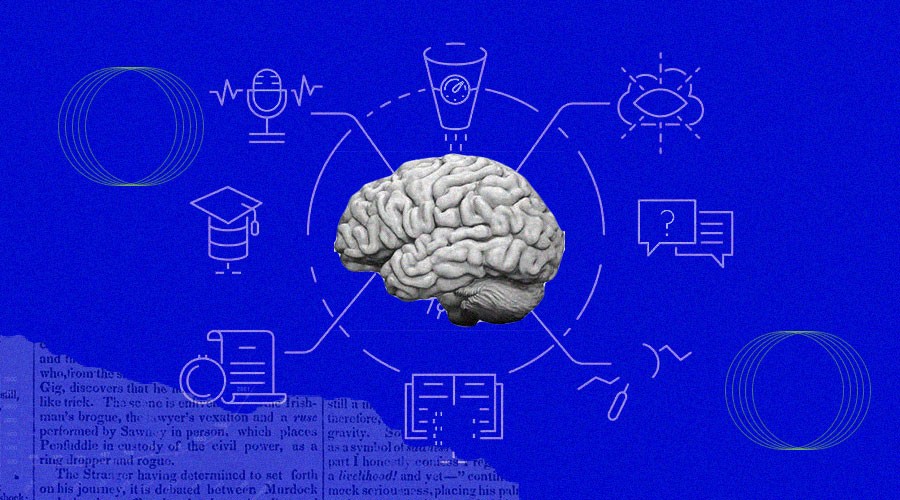Neural engineering represents an interdisciplinary field at the intersection of neuroscience, engineering, and technology. It encompasses a diverse range of research, innovations, and applications aimed at understanding the complexities of the brain, developing technologies to interface with neural systems, and creating solutions to address neurological disorders and enhance human capabilities. Let’s delve into the evolution, significance, and promising avenues of neural engineering.
Understanding Neural Engineering
Neural engineering involves the study of the nervous system’s structure, function, and mechanisms, aiming to decipher the intricate workings of the brain and nervous system. Engineers, neuroscientists, and medical professionals collaborate to unravel the mysteries of neural circuits, neural signaling, and cognitive processes. This understanding serves as the foundation for developing cutting-edge technologies that interface with the brain and nerves.
Technologies and Innovations
Advancements in neural engineering have led to the creation of groundbreaking technologies that interface with the nervous system, revolutionizing healthcare, research, and human-machine interactions:
Brain-Computer Interfaces (BCIs):
BCIs establish direct communication pathways between the brain and external devices, enabling individuals to control computers, prosthetic limbs, or other assistive devices using their thoughts. These interfaces hold promise for individuals with paralysis or neurological disorders, restoring communication and mobility.
Neural Prosthetics and Implants:
Implantable devices, such as cochlear implants and deep brain stimulators, utilize neural engineering principles to restore sensory functions or alleviate symptoms of conditions like Parkinson’s disease and epilepsy. These devices modulate neural activity, offering therapeutic interventions.
Neuroimaging Technologies:
Advanced neuroimaging techniques like functional MRI (fMRI), EEG, and PET scans allow researchers to visualize brain activity, map neural pathways, and study cognitive functions. These technologies aid in diagnosing neurological conditions and understanding brain disorders.
Optogenetics and Neural Modulation:
Optogenetics, a cutting-edge technique, involves genetically modifying neurons to respond to light, allowing precise control over neural activity. It enables researchers to manipulate and study neural circuits with unprecedented precision, offering insights into brain function and potential therapeutic interventions.
Applications in Healthcare and Research
The impact of neural engineering extends beyond technology, transforming healthcare and research in various ways:
Neuroscience and Brain Research:
Neural engineering has opened new frontiers in neuroscience, unraveling the mysteries of brain function, learning, memory, and behavior. It facilitates the development of neuroscientific theories and informs treatments for neurological disorders.
Rehabilitation and Assistive Technologies:
Innovations in neural engineering contribute to the development of advanced prosthetics, exoskeletons, and assistive devices that restore motor function and independence for individuals with disabilities.
Neurological Disorders and Therapies:
The field holds promise for treating neurological disorders such as Alzheimer’s disease, stroke, traumatic brain injuries, and psychiatric conditions by developing targeted therapies and interventions based on neural engineering principles.
Challenges and Future Directions
Despite its tremendous potential, neural engineering faces challenges:
Ethical and Privacy Concerns:
The ethical implications of manipulating neural functions, privacy concerns surrounding brain data, and the responsible use of emerging technologies are subjects of ongoing debate and regulation.
Technological Complexity and Integration:
Developing sophisticated neural interfaces, ensuring their safety, reliability, and seamless integration with the nervous system pose significant technical challenges.
Conclusion
Neural engineering stands at the forefront of innovation, offering transformative possibilities to understand and interact with the human brain and nervous system. As the field continues to evolve, interdisciplinary collaboration, ethical considerations, and technological advancements will play pivotal roles in realizing its full potential. From healthcare interventions to augmenting human capabilities, neural engineering holds promise in reshaping the landscape of neuroscience, healthcare, and human-machine interactions, offering hope for a future where neurological disorders are better understood and treated, and human potential is enhanced through cutting-edge technology.

